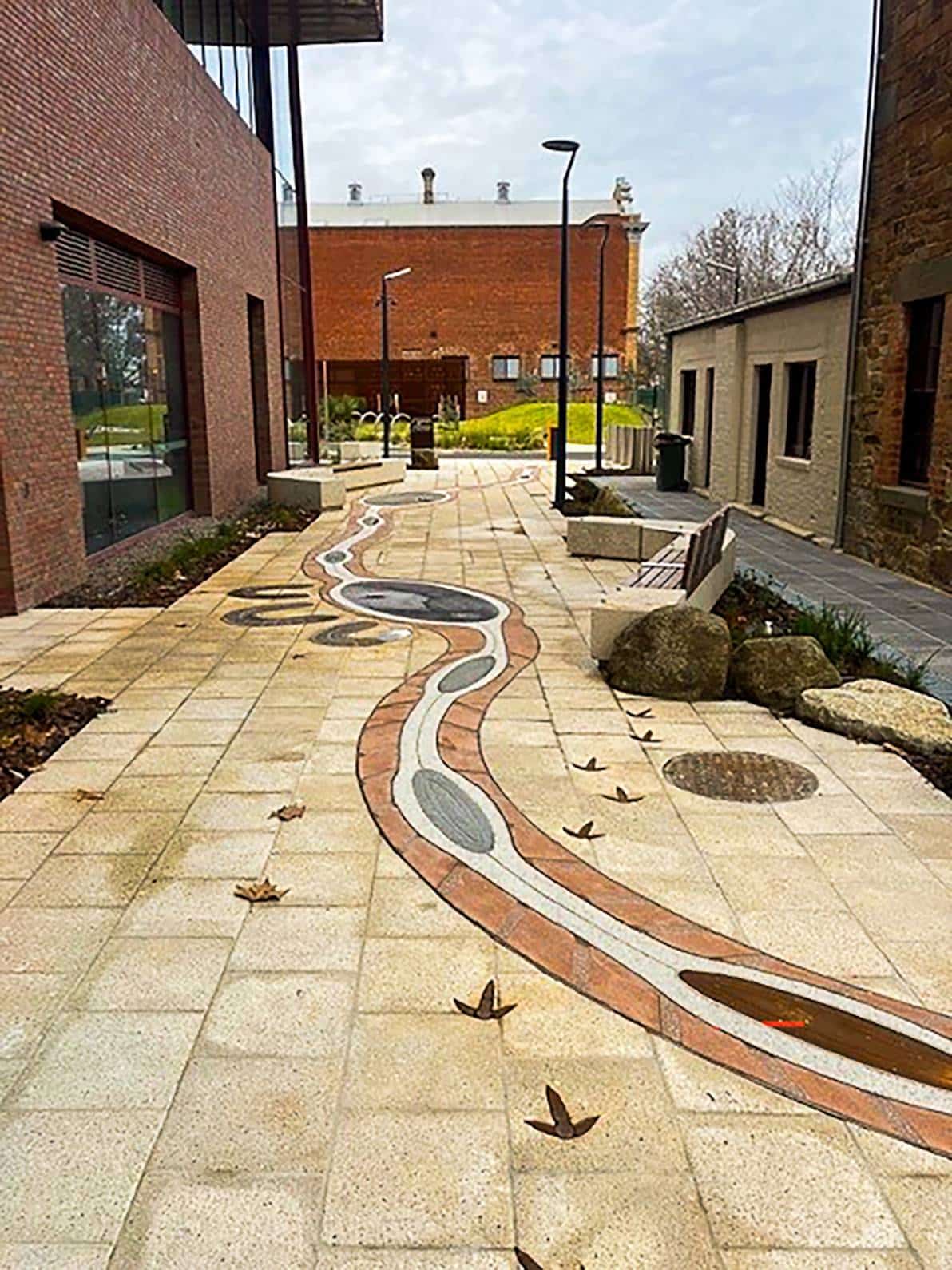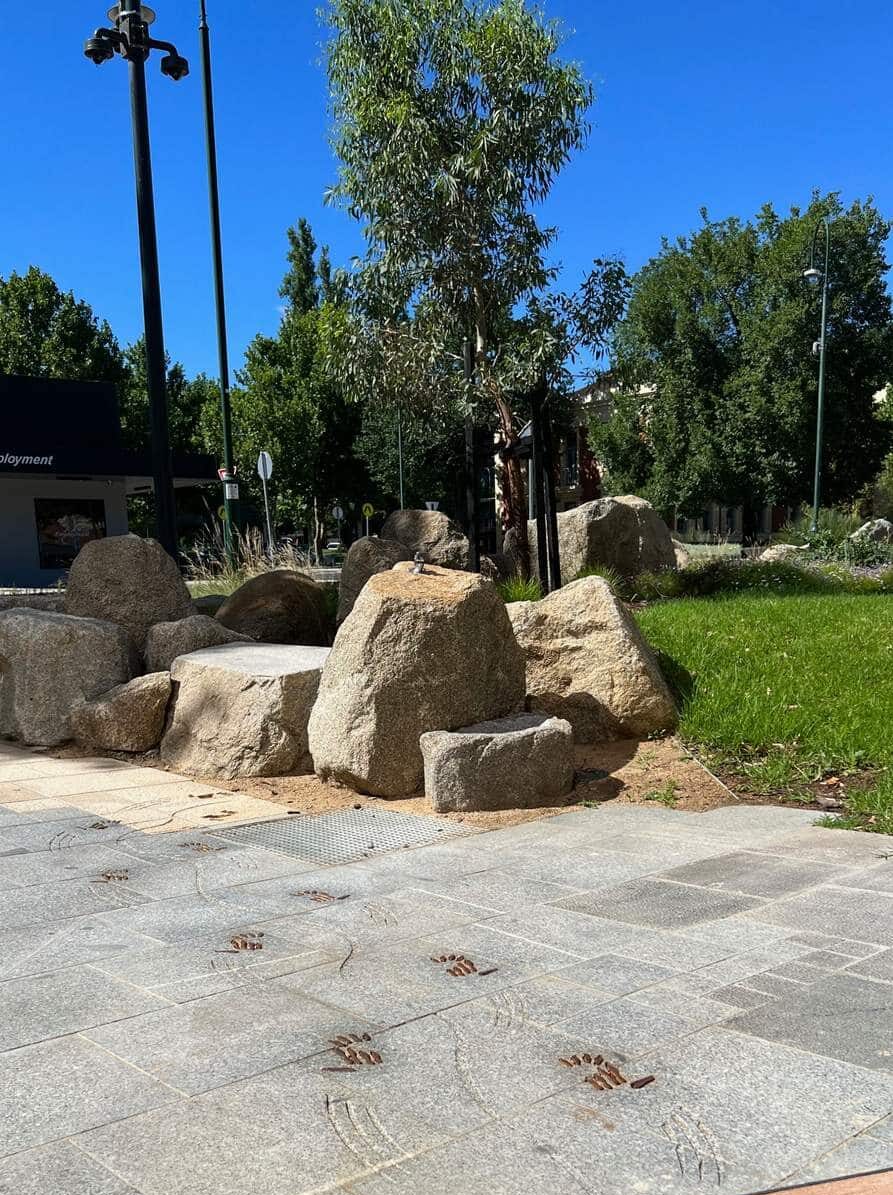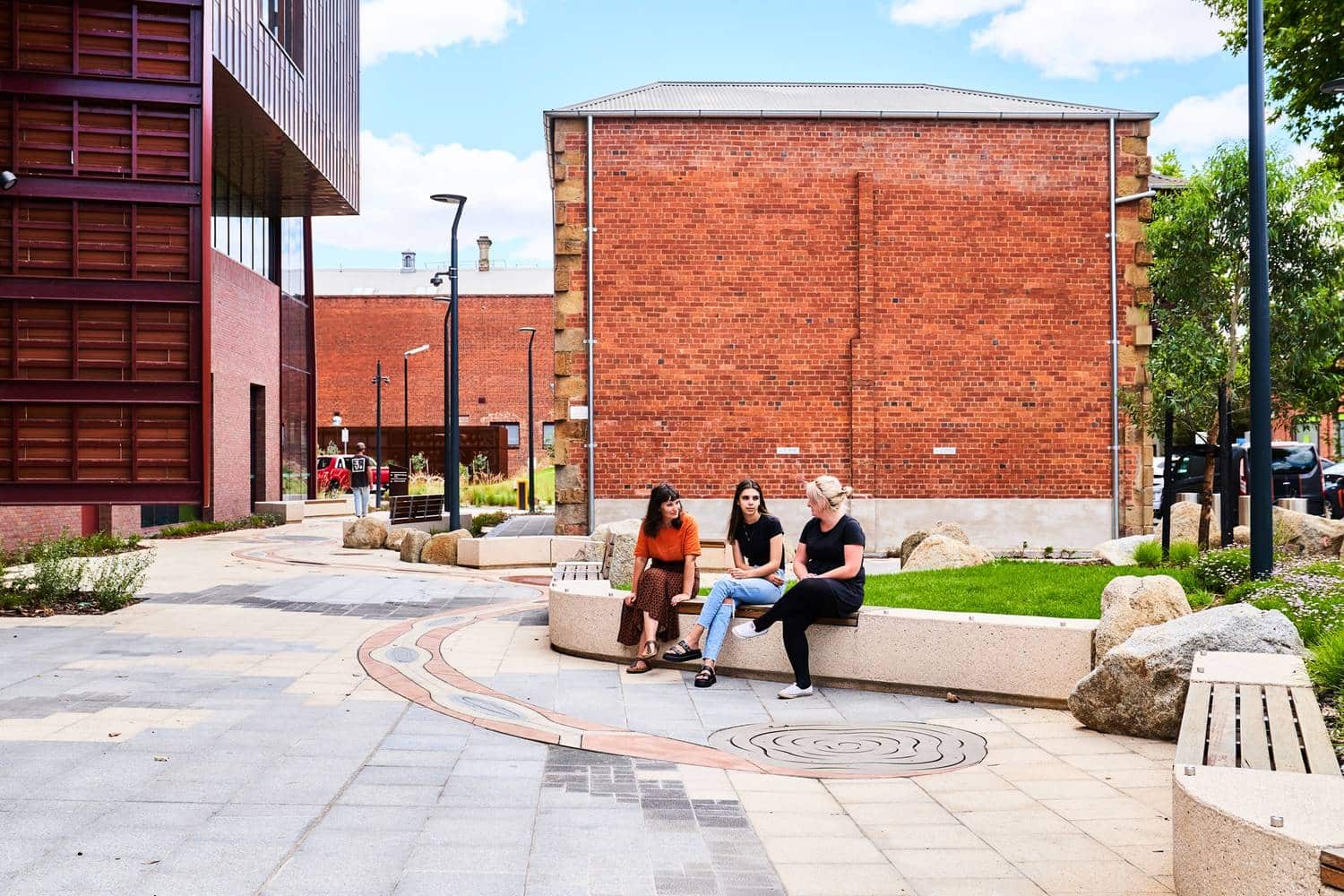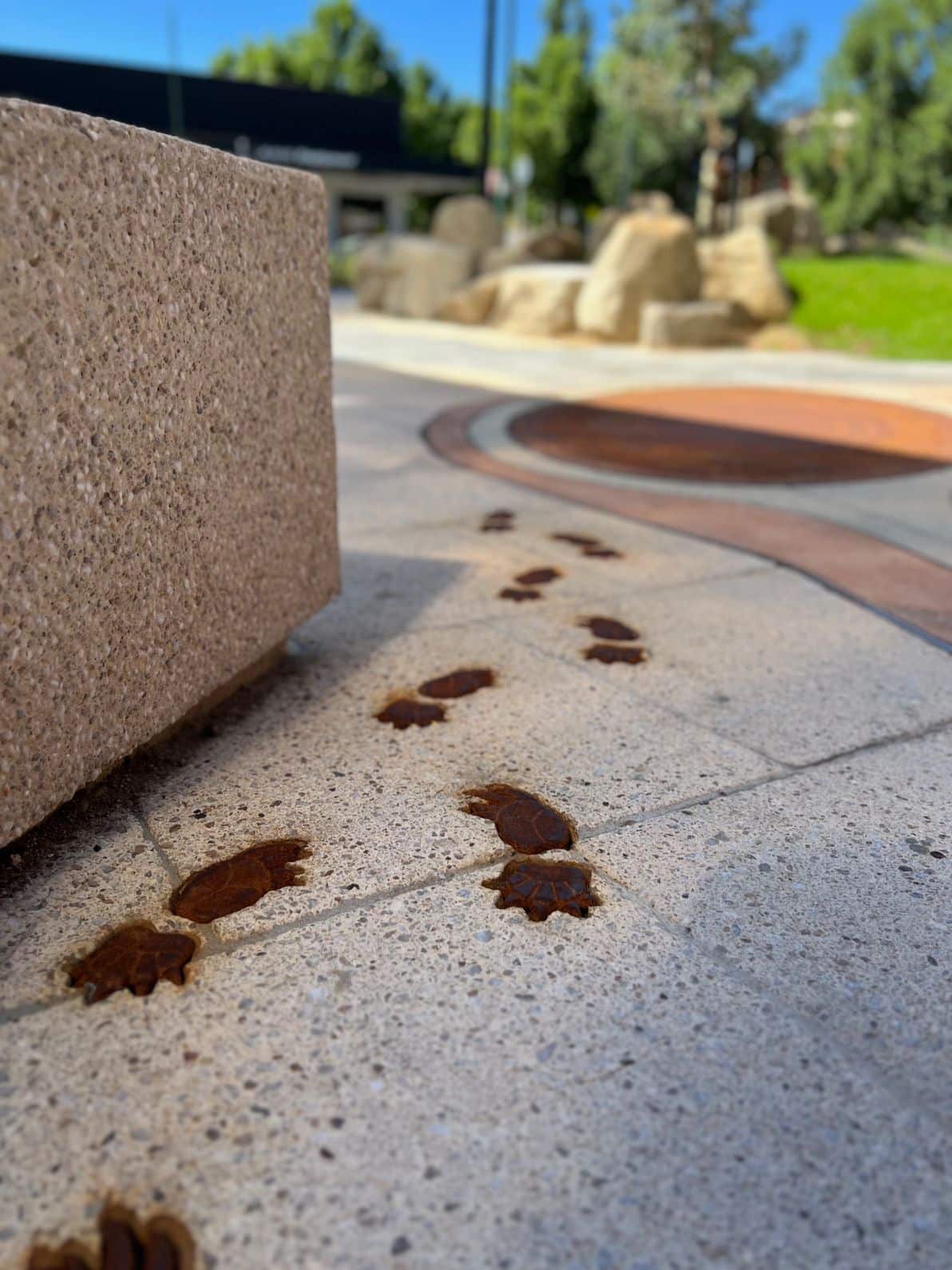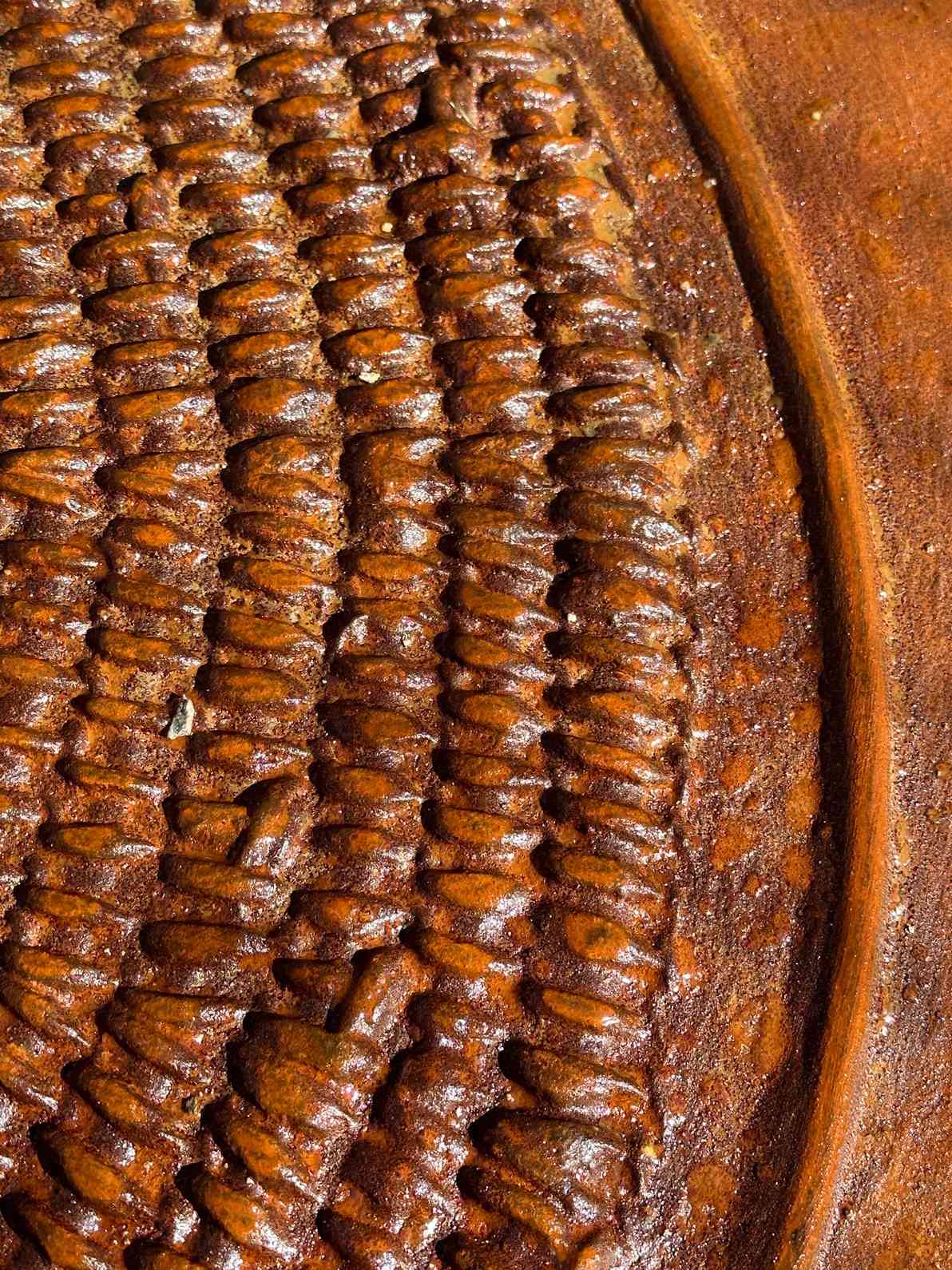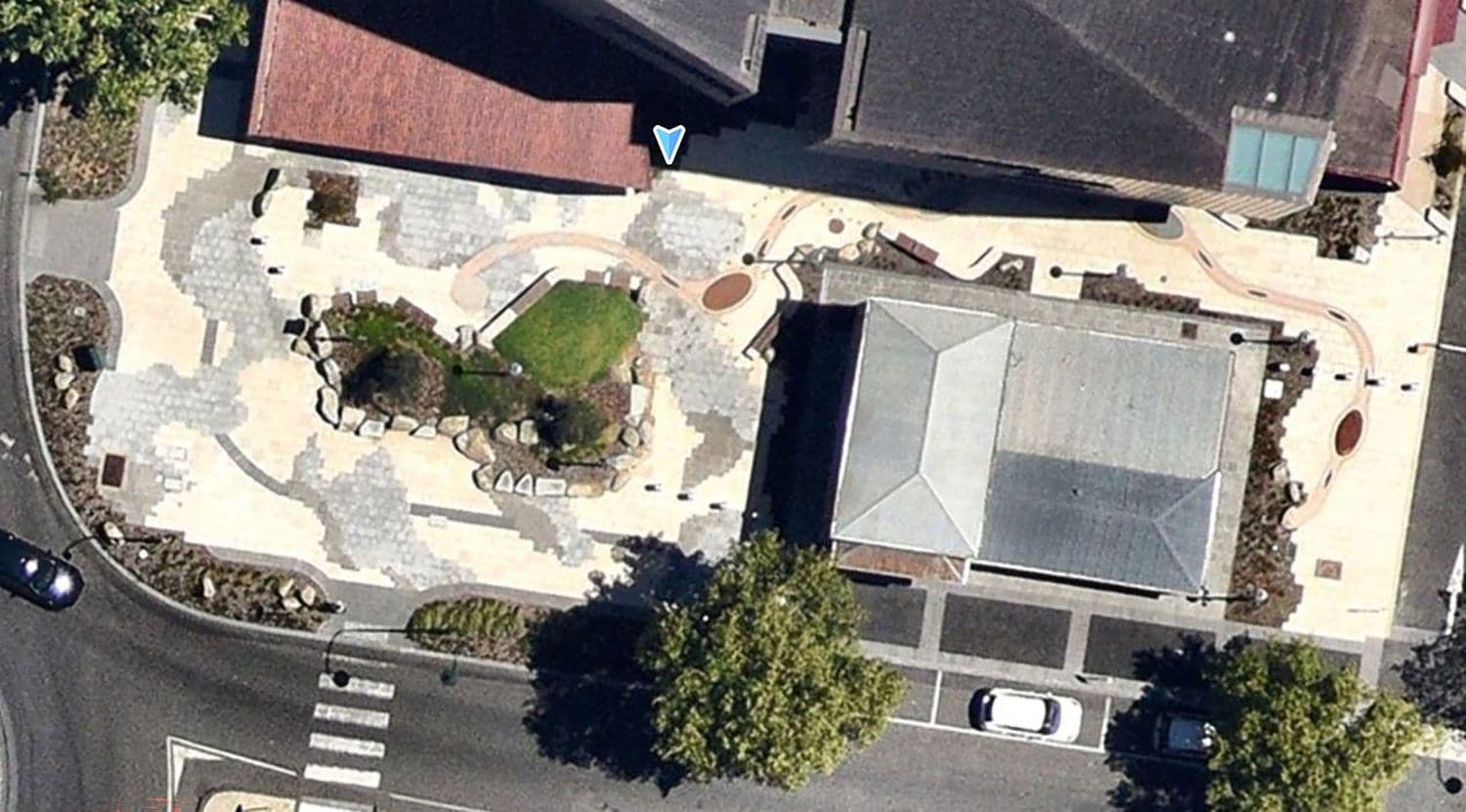Winner: Community and Urban Scale Category
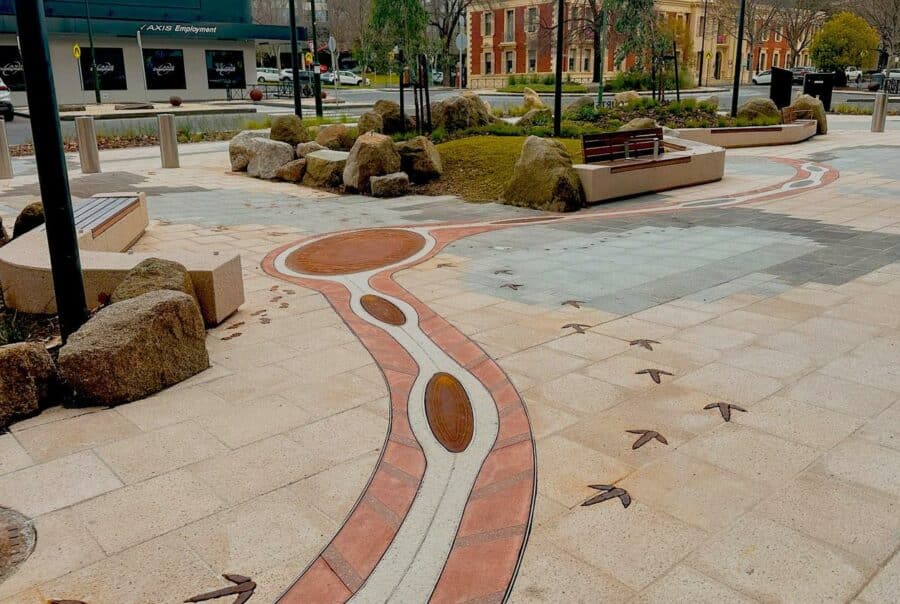
Location: Dja Dja Wurrung Country, Bendigo, VIC
Client: Court Services Victoria
Typology: Civic
Site Area: 900m2 (Forecourt and adjacent street frontage)
Traditional Custodians: Dja Dja Wurrung
Owner: Court Services Victoria
Landscape Architect: ASPECT Studios
Engineer: WSP in Australia
Dja Dja Wurrung Artists: Aunty Marilyne Nicholls and Rebecca Philips
The design of the Bendigo Law Courts forecourt provided ASPECT Studios and Court Services Victoria the opportunity to showcase a culturally appropriate, genuine and authentic engagement process with Dja Dja Wurrung people, the Traditional Owners and Custodians of the land.
The Project was informed by a deep understanding of Country – the sky, stars, the wind, the earth, the water, and what lies beneath – and their interrelationship with the animals, plants and humans inhabiting the landscape. It includes an inlaid artwork, titled Yarram Yarram Mindi, that was collaboratively developed between the artists and ASPECT, who ensured the artists’ vision was realised. The design is foremost an expression of the integration of culture and ecology, embodying the spirit of place in an urban setting and exploring how people experience and understand Country.
To approach the law courts, you need to walk across Country – even though Country has been fully built over, it is still present. This understanding provides a sense of calmness, particularly for visitors whose journey to the courts may be stressful.
The overall artwork spans approximately 50m. When experienced in its entirety, the narrative it conveys – through the layering of story, materiality and landscape – provides an exceptional and moving experience.
Study Author: Samantha Smith
How is it Biophilic?
